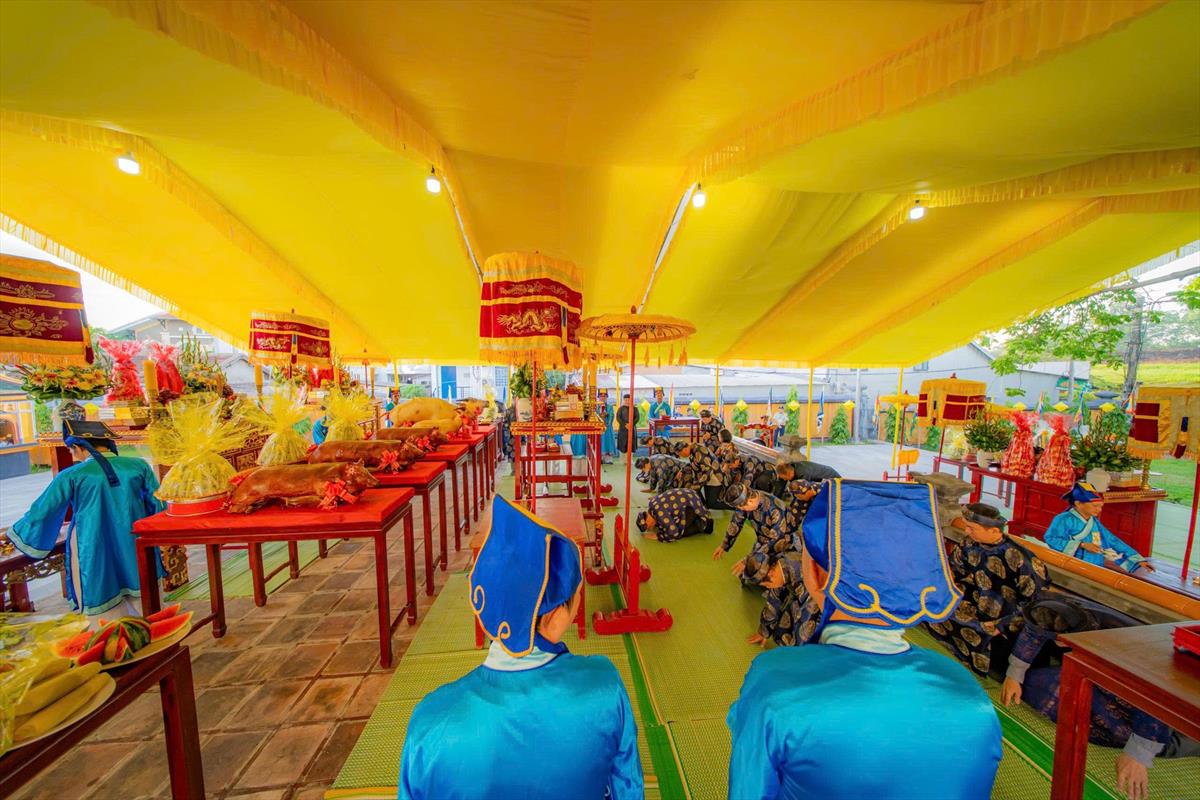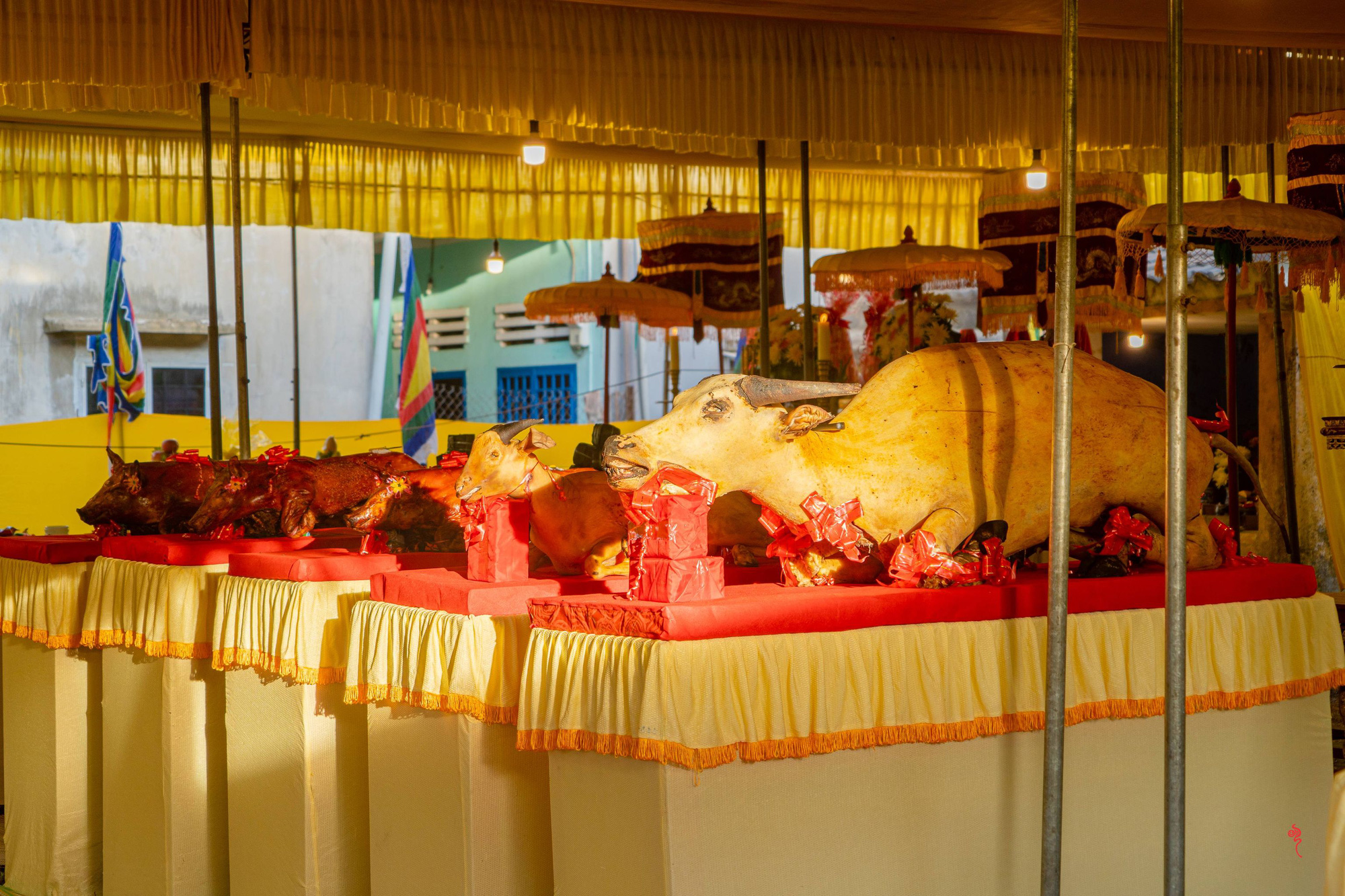The Soul Offering Ceremony in Hue

After the fall of the capital, the Nguyen dynasty split into two factions: the Dong Khanh dynasty, supported by the French, and the Ham Nghi dynasty led by Ton That Thuyet, who initiated the Can Vuong uprising against the French. Many national heroes emerged and sacrificed for the cause of national liberation, such as Phan Dinh Phung, Hoang Hoa Tham, Dinh Cong Trang, Mai Xuan Thuong, and others.
Therefore, the Soul Offering Ceremony is not only a ritual to honor the spirits who perished on the day of the fall of the capital but also an occasion to awaken the love for the country and the national pride of the people of Hue.
The Soul Offering Ceremony is organized with various activities that carry the cultural essence of the people of Hue. Before the ceremony, families prepare offerings such as rice, wine, pork, chicken, and bring hair washing tools like bowls, spoons, and towels. The ceremony starts early in the morning with rituals at the shrines, Dragon House, temples, and pagodas. Here, the shaman recites prayers, makes offerings, and seeks permission from the spirits to conduct the Soul Offering Ceremony.
After the ceremonies at the places of worship, the procession moves to intersections, crossroads, and street corners to set up the soul offering altars. The offering altars are arranged in the open, usually in front of gates or in the courtyard. Essential offerings include incense, betel leaves, white wine, white porridge, various fruits, firecrackers, rice, salt, ritual paper, boiled rooster, and sticky rice cakes. After the offerings, people burn ritual paper and pieces of wood, symbolizing guiding the spirits to their resting place.

In addition to the rituals, the Soul Offering Ceremony includes many entertaining and interactive activities among families and villages. Common activities include tug of war, archery contests, singing, human chess, traditional dance, and more. These activities not only showcase the strength, skills, and cleverness of the people of Hue but also serve to preserve and promote the traditional cultural values of the ethnic community.
The Soul Offering Ceremony in Hue is a unique and culturally significant festival. The festival not only helps the people of Hue preserve and promote their cultural and spiritual values but also provides an opportunity for tourists to explore the beauty of Vietnam's traditional culture in rural areas.
The Soul Offering Ceremony in Hue is a traditional festival with significant importance for the people of Hue and visitors alike. It is not just a time to honor and pray for the souls of those who sacrificed during the fall of the capital, but also a moment to evoke a sense of patriotism and national pride among the people of Hue. The festival also offers an opportunity for tourists to witness and learn about the unique and distinctive spiritual and cultural aspects of Hue.

